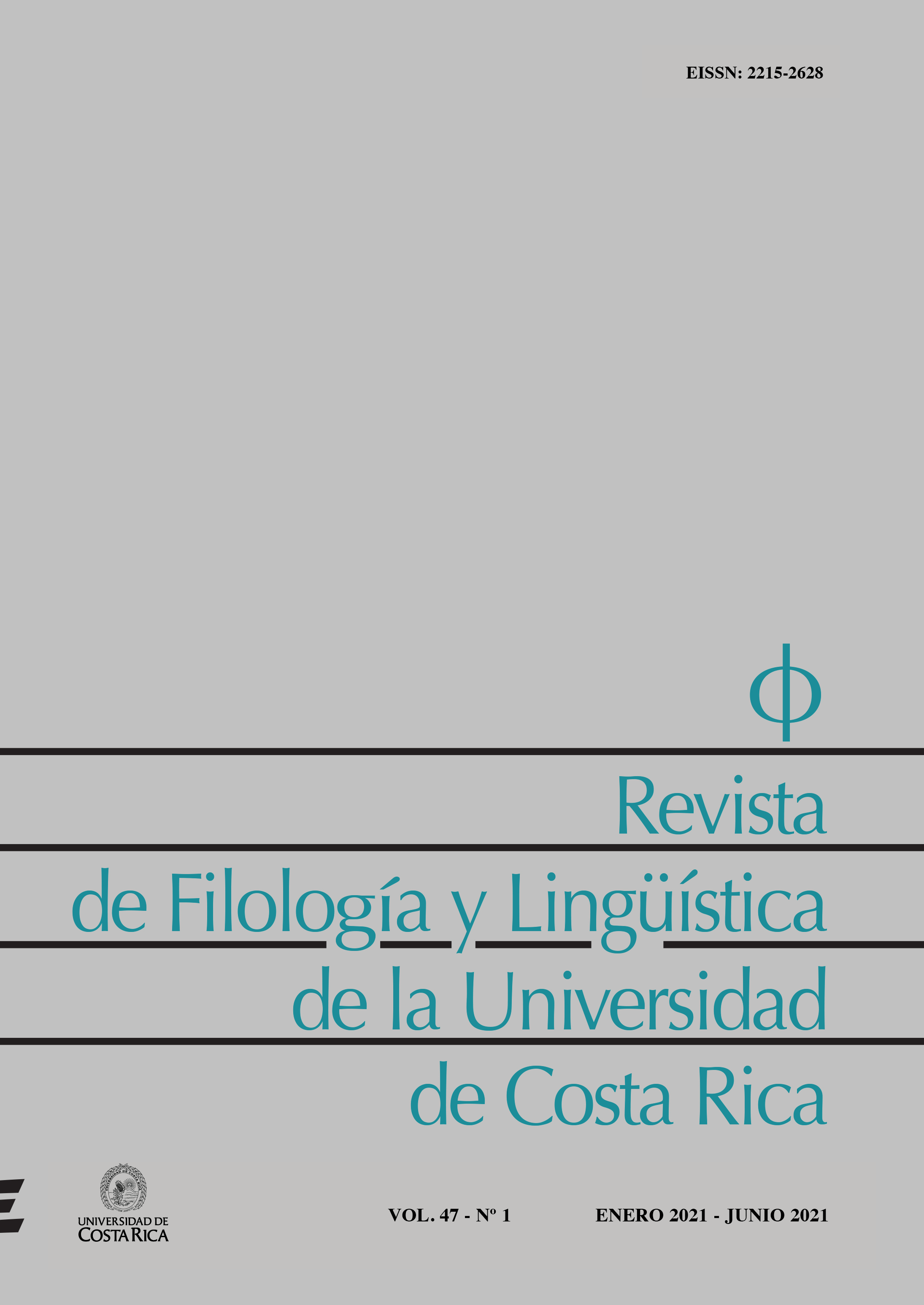Abstract
Maximiliano and Carlota Hapsburg arrived at the port of Veracruz on May 28, 1864, and completed their trip to Mexico on June 12. Throughout their march, they were received in diverse cities with celebrations and ceremonies whose central axis is ephemeral art. Through the chronicles and stories published in the newspaper La Sociedad, this article aims to demonstrate the survival of the New Spanish Baroque world in the reception of the emperors, as well as the interest of conservatism supporters in constructing the new monarchs as effigies of justice and mercy. The analysis of symbols and epithets written in the poems used to decorate the Veracruz docks, as well as the balconies and triumphal arches in Puebla and Mexico, allowing us to perceive a providential vision of history, which constructs the emperors as figures with those that seal a pact with God, through which it is intended to achieve peace for a nation that has struggled internally for fifty years of independent life. This approach to the press of the Second Empire wants to open a critical dialogue with the vision of Mexican bronze history.

